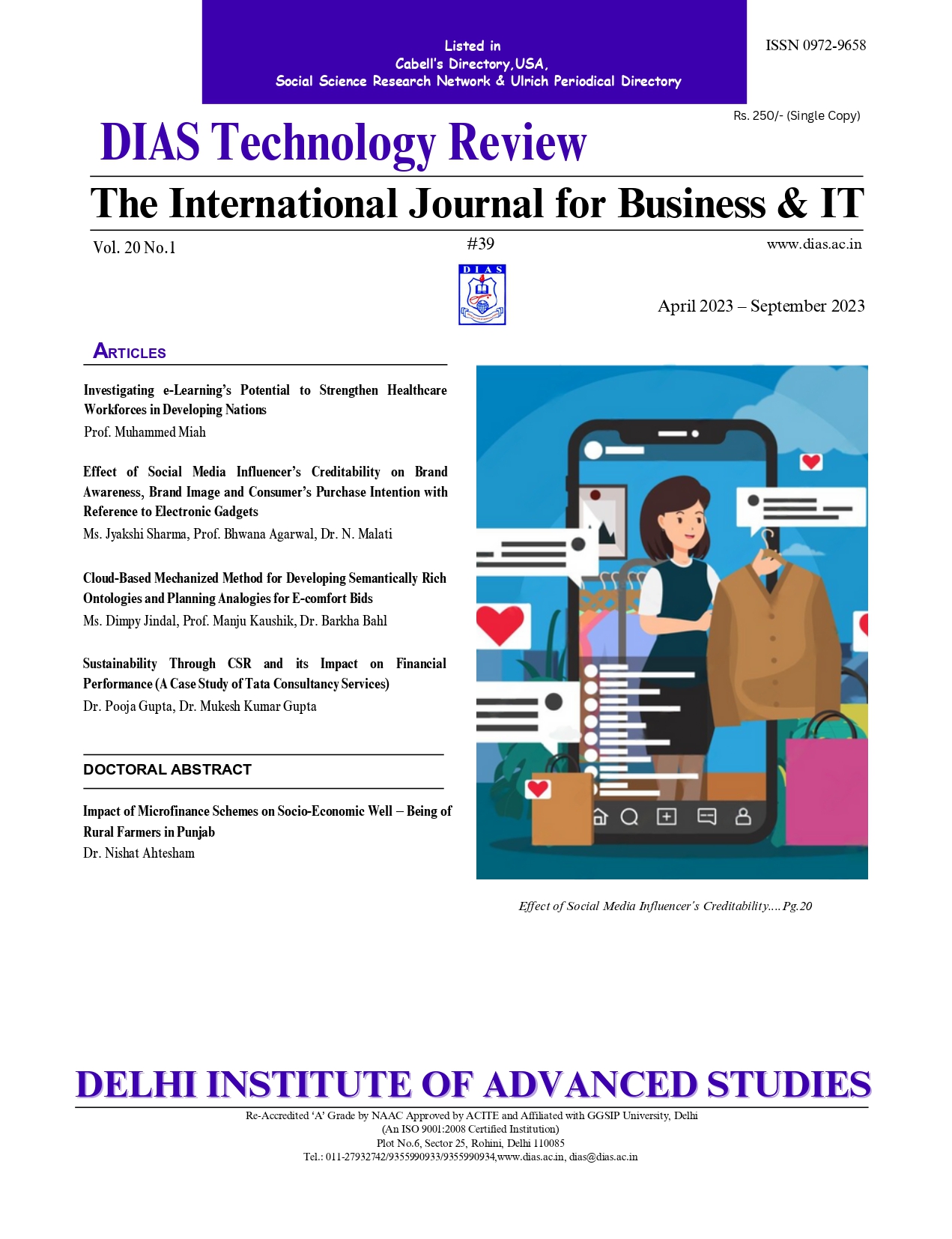Cloud-Based Mechanized Method for Developing Semantically Rich Ontologies and Planning Analogies for E-comfort Bids
Main Article Content
Abstract
The ontology framework at the temperament of the semantic web is a powerful method for representing and visualising domain knowledge. Estimating similarity measures between ontologies, determining a threshold, and employing if-then procedures to validate relevance and irrelevance all contribute to the reusability of knowledge. Knowledge visualisation at a reduced level is supplied by simplified semantic representations of the ontology, which is particularly useful for processing and analysing e-health data. Resolving implicit knowledge, which often develops in the attendance of implicit information and polymorphic objects and manifests as non-dominant words and conditionally dependent actions, enables the creation of semantically complex constructs. In this study, we clarify in detail how the automated system constructs and stores ontology structures rich in semantics. Graph Derivation Representation, which is based on dyadic deontic logic, is used to construct ontologies with a high density of meaning. In addition, the usual cosine similarity metric is used to determine the degree of similarity between two ontologies. In response to a document stored in the cloud, basic if-then rules are used to count how many relevant documents there are and retrieve their corresponding metadata. These functional modules are used in e-health applications for document recovery, information removal, and domain dictionary generation, and they will be of great help to authenticated cloud users. According to the diabetes dataset experiments, the suggested framework outdoes the state-of-the-art Graph Derivation Representation methods. The visual representations of the paper's findings provide another perspective for evaluating the usefulness of the proposed methodology.


